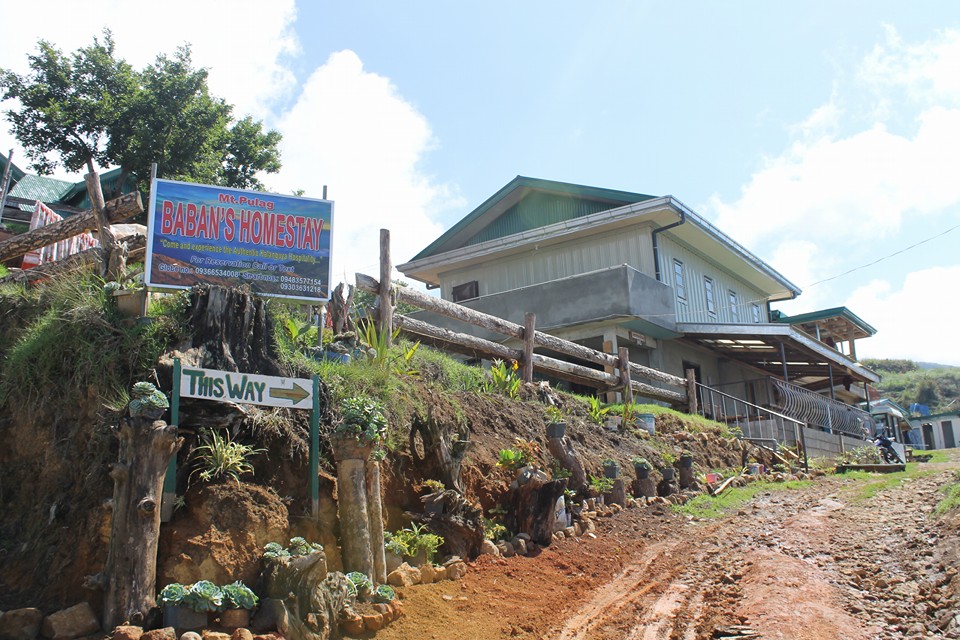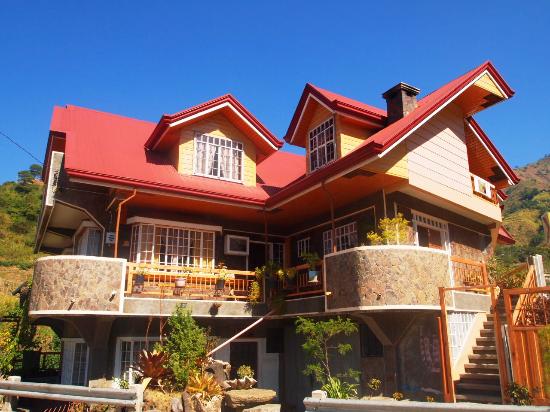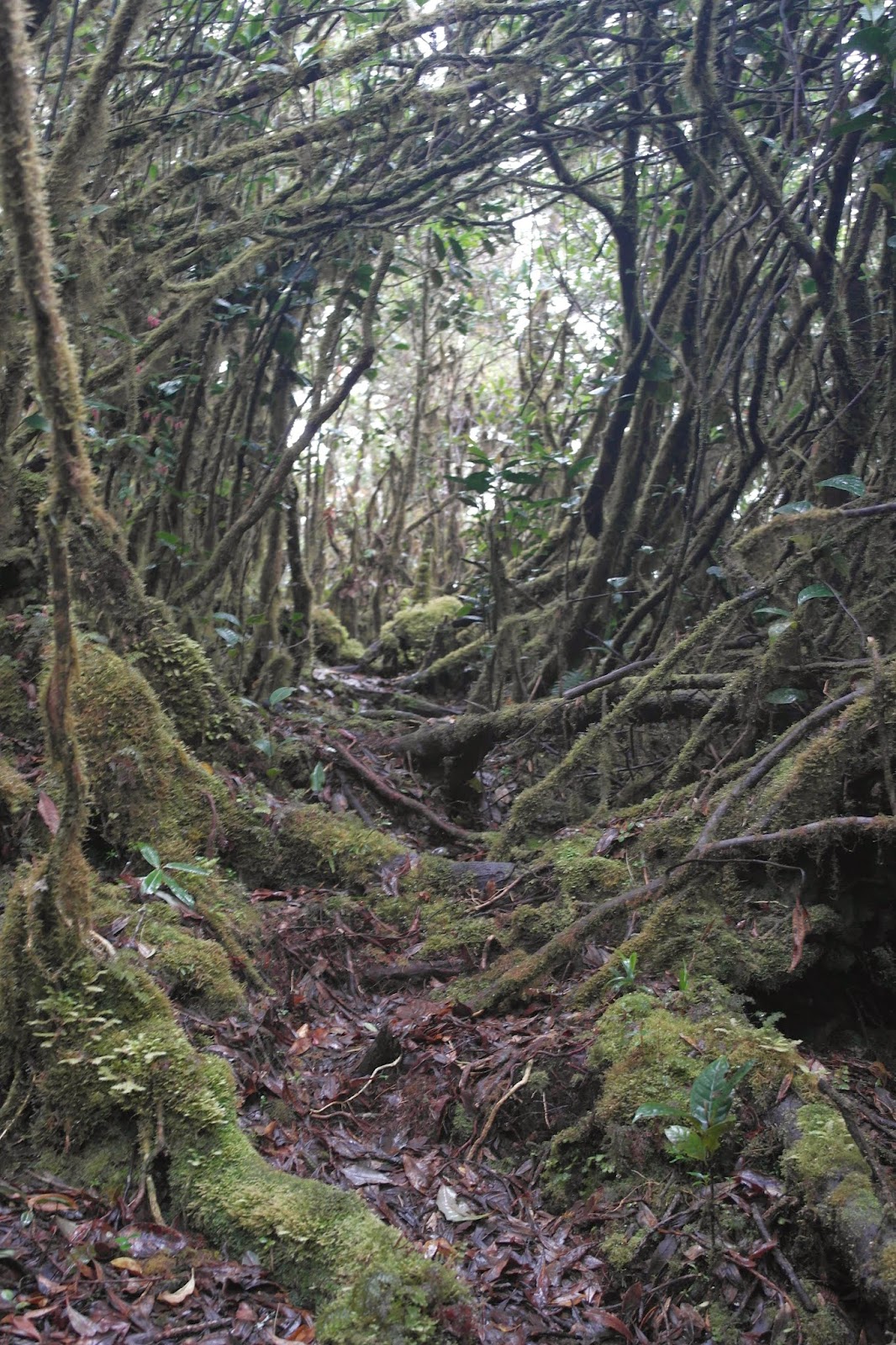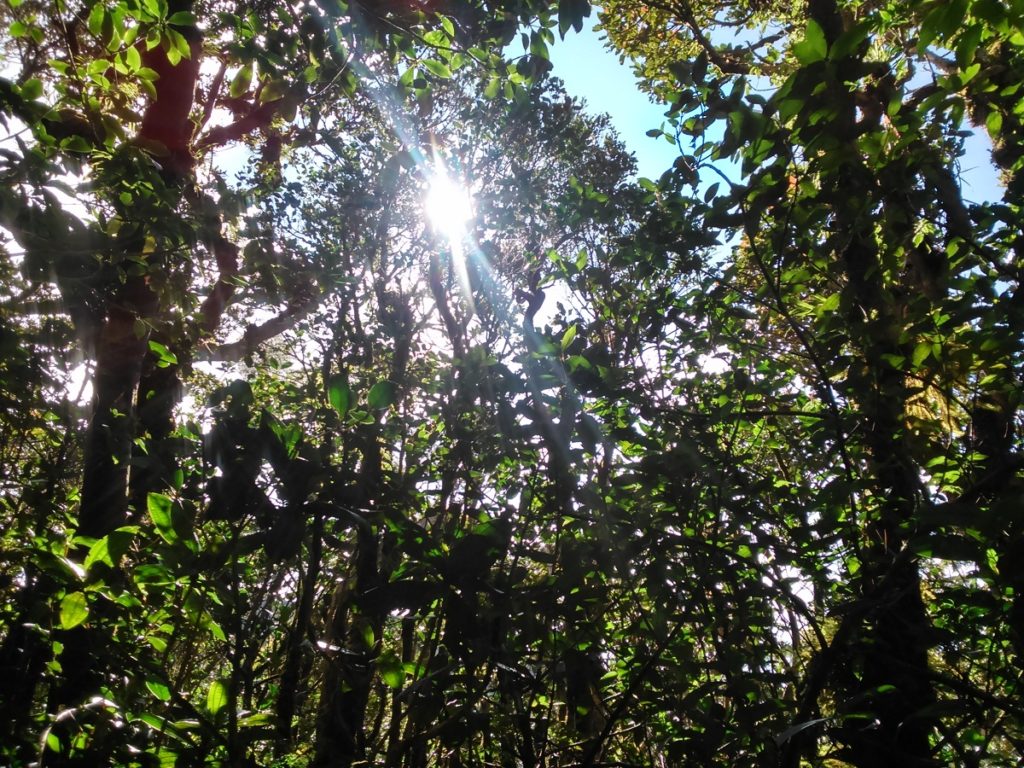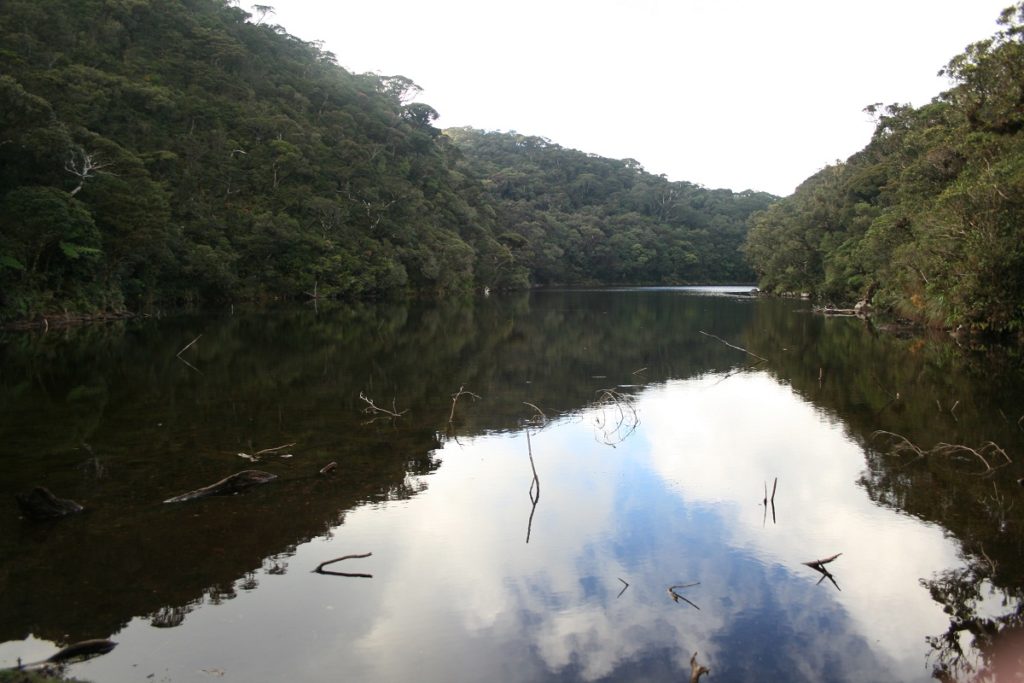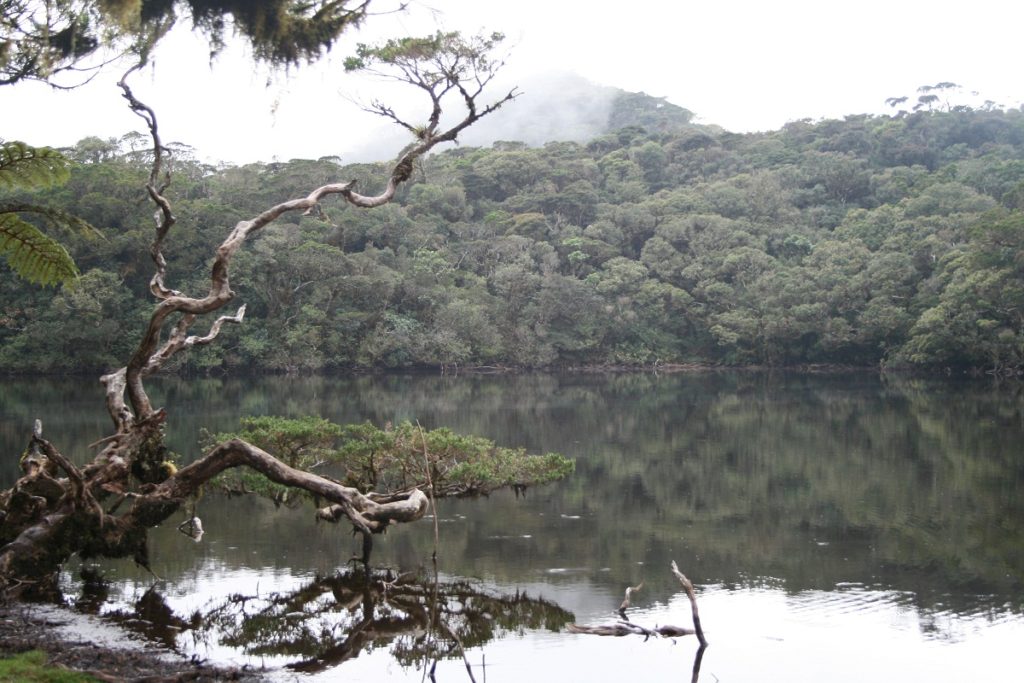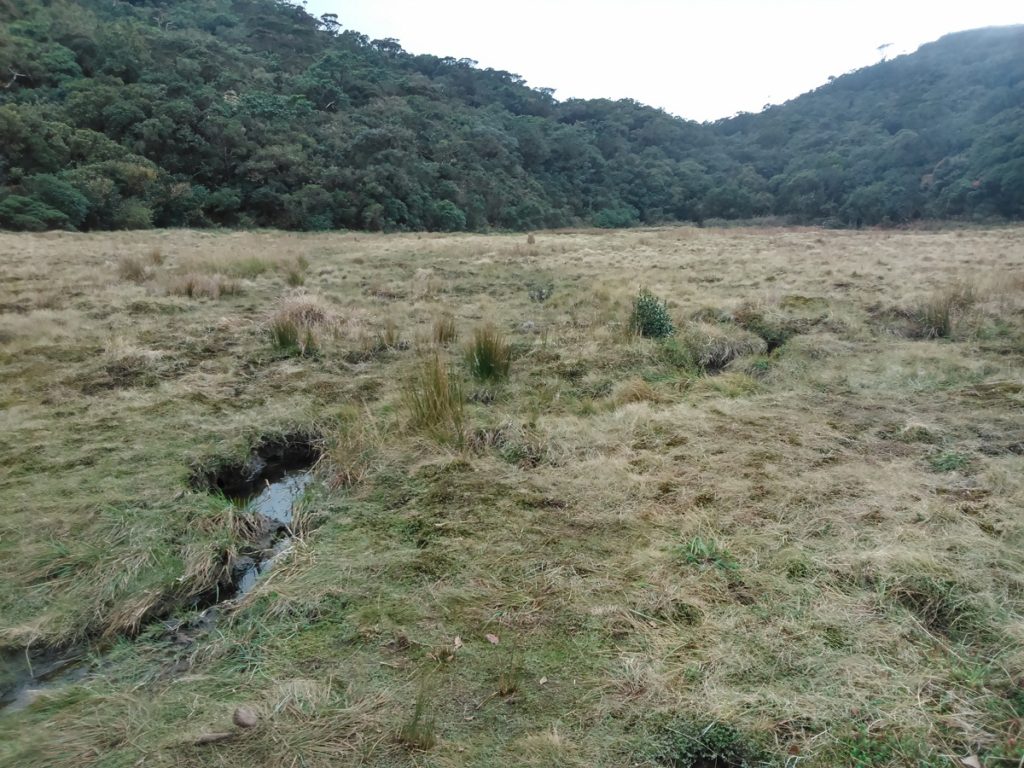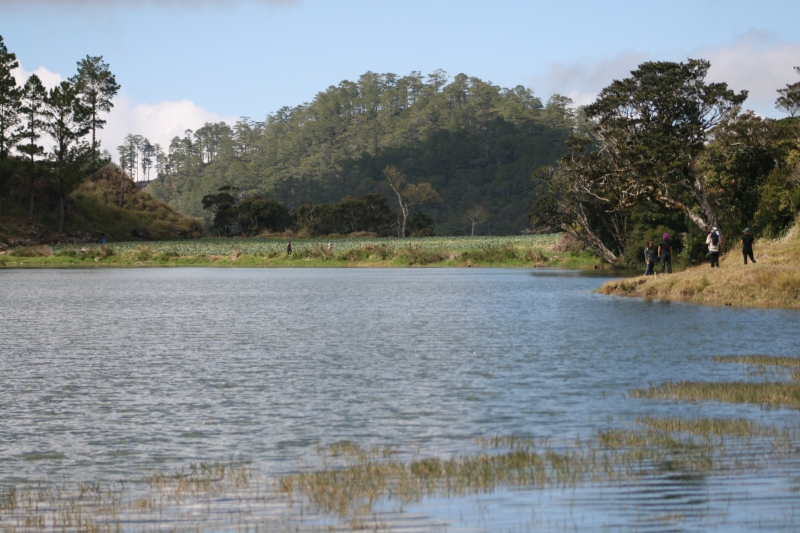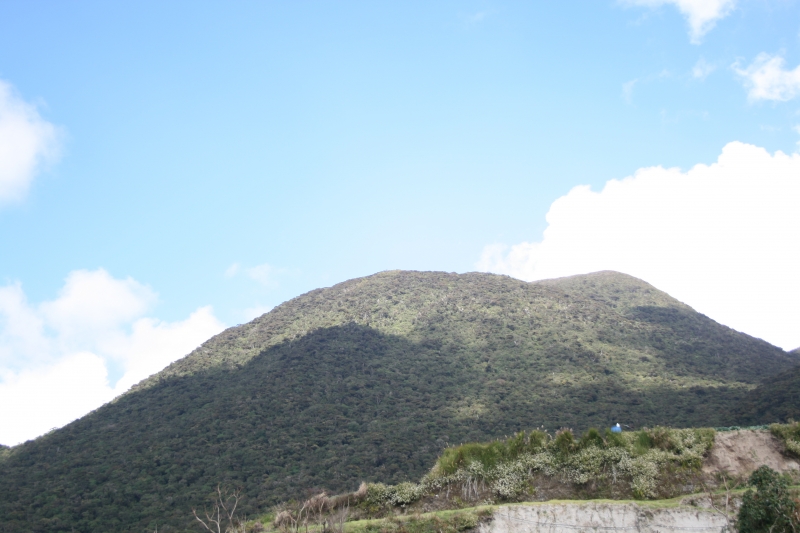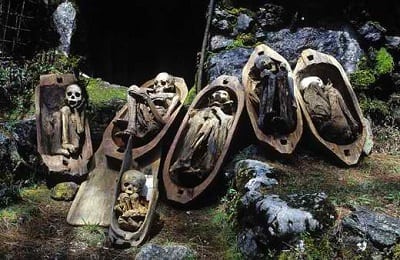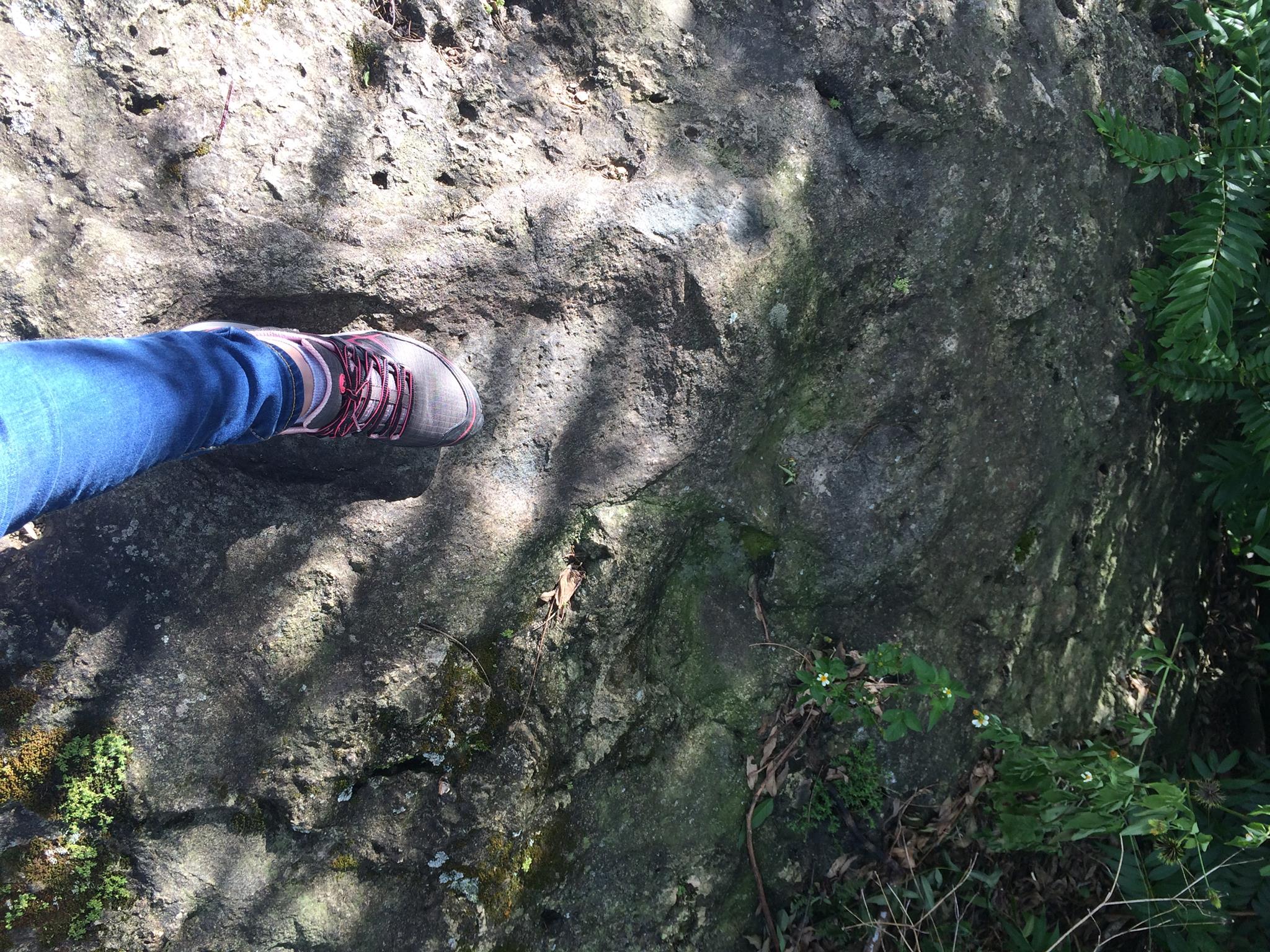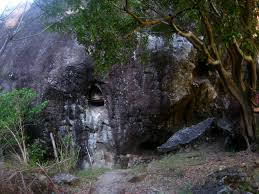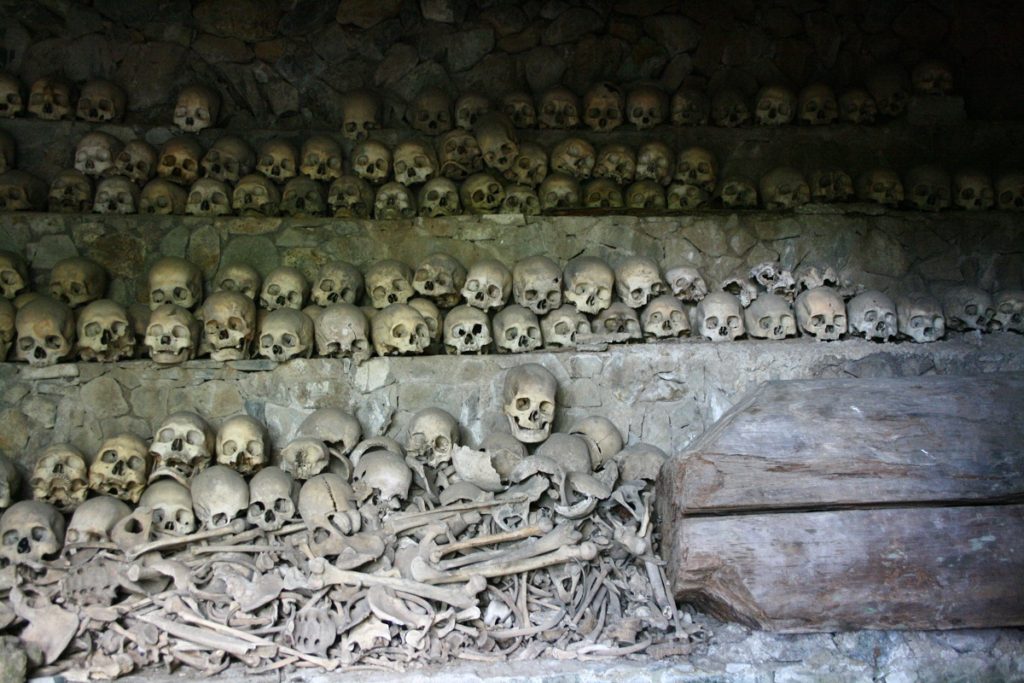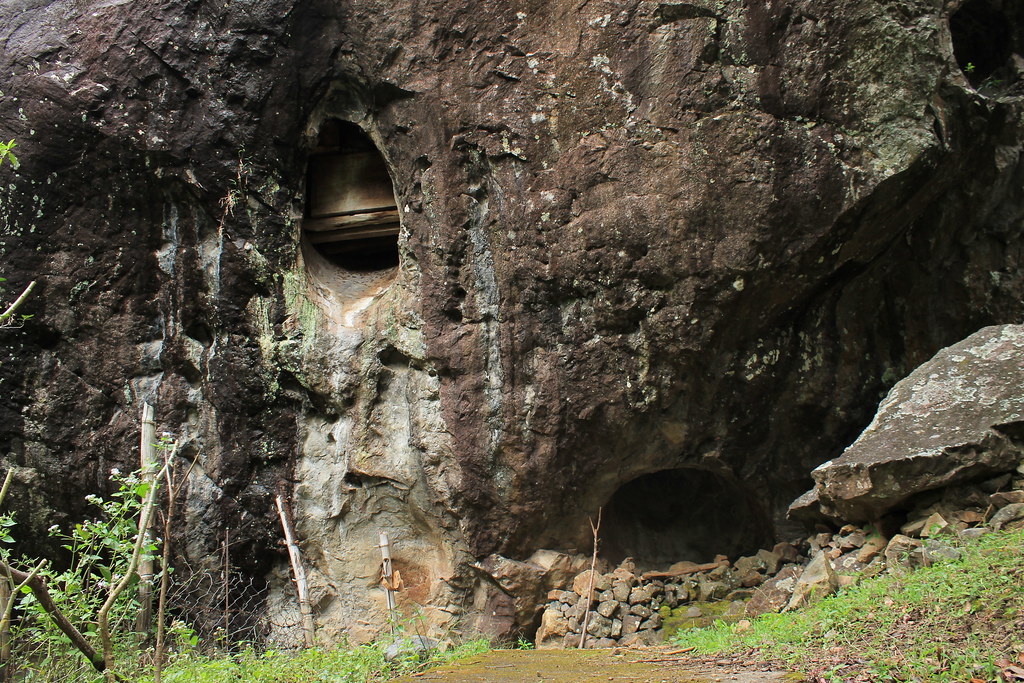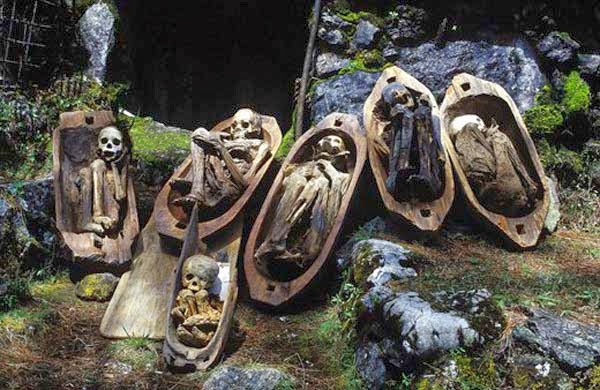Kabayan, Benguet
The name Kabayan was derived from the term Kaba-ayan, from the Ibaloi word ba-ay, a root crop vine thriving in the place. Most of the early Ibaloi settlements, in the area, which include Eddet and Duacan, were named after grasses in the heavily-forested area.
The first Ibaloi settlers in Benguet arrived at Imbose (or Embosi), located in present-day Kabayan.
Mummification of the dead was practiced long before Spanish colonizers reached the place.
In the late 1800s, Spanish colonizers reached Kabayan via trails constructed throughout the mountain region. Organized into three rancherias, namely Adaoay, Kabayan, and Lutab (or Dutab), Kabayan was registered under the comandancia politico-militar of Benguet in 1846. Lutab (currently barangay Poblacion or Kabayan Central) was later integrated into the Kabayan rancheria.
The practice of mummification of the dead would be discouraged by the Spaniards, until it would die out.
The first Ibaloi settlers in Benguet arrived at Imbose (or Embosi), located in present-day Kabayan.
Mummification of the dead was practiced long before Spanish colonizers reached the place.
In the late 1800s, Spanish colonizers reached Kabayan via trails constructed throughout the mountain region. Organized into three rancherias, namely Adaoay, Kabayan, and Lutab (or Dutab), Kabayan was registered under the comandancia politico-militar of Benguet in 1846. Lutab (currently barangay Poblacion or Kabayan Central) was later integrated into the Kabayan rancheria.
The practice of mummification of the dead would be discouraged by the Spaniards, until it would die out.
